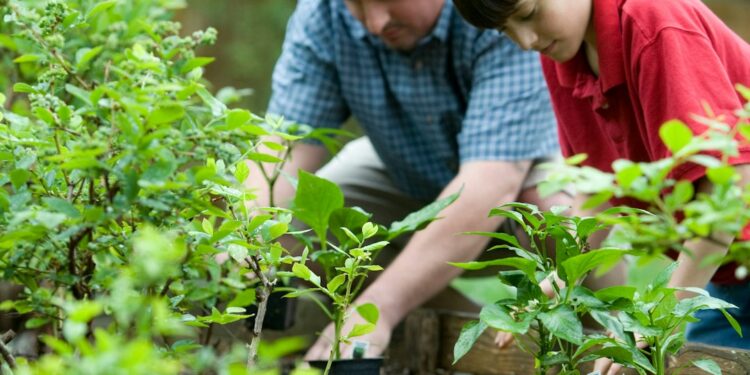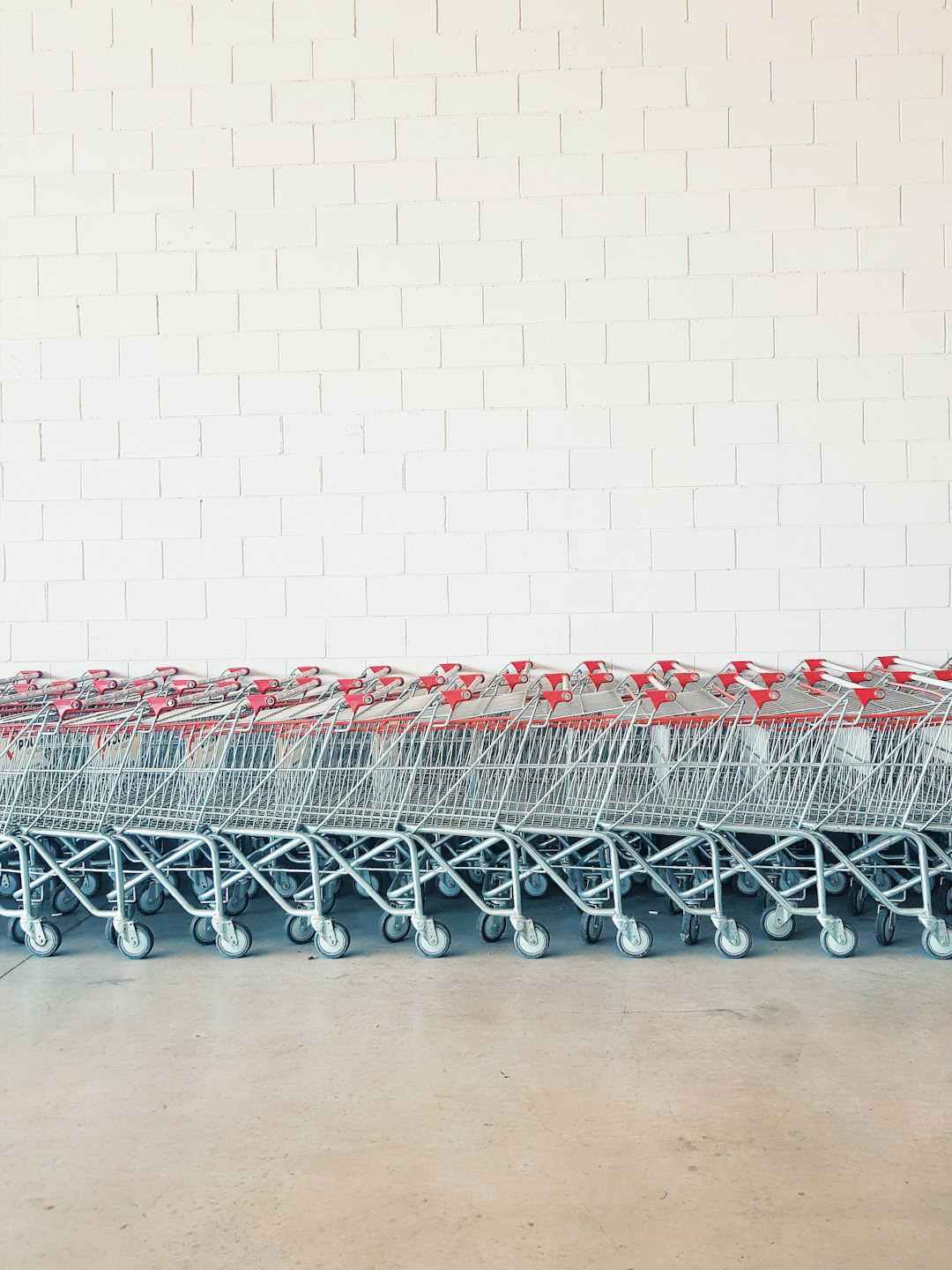Pruning is a necessary task for maintaining a healthy and beautiful garden. It involves the removal of dead or overgrown branches and stems to promote new growth and improve the overall health of the plants. However, pruning can be a daunting task for many gardeners, especially those who are new to gardening. To help you navigate the dos and don’ts of pruning your garden, we have put together a comprehensive guide to ensure that your plants thrive and flourish.
The Dos:
1. Do prune at the right time: It is important to prune your plants at the proper time of year to ensure that they recover quickly and continue to grow vigorously. Generally, most plants benefit from pruning in late winter or early spring before new growth begins. However, there are exceptions, so be sure to research the specific requirements of each plant in your garden.
2. Do use the right tools: Investing in a good pair of pruning shears, loppers, and a pruning saw will make the task much easier and more effective. Make sure your tools are sharp and clean to avoid damaging the plants and spreading diseases.
3. Do prune for a purpose: Before you start pruning, have a clear goal in mind. Whether you are shaping the plant, removing dead or diseased branches, or encouraging new growth, knowing why you are pruning will help you make the right cuts.
4. Do cut at the correct angle: When making cuts, aim to make clean cuts at a slight angle just above a bud or lateral branch. This will promote healing and encourage new growth to form in the right direction.
5. Do remove dead or diseased wood: Dead or diseased branches should be removed immediately to prevent the spread of disease and promote overall plant health. Cut back to healthy tissue and dispose of the infected material properly.
The Don’ts:
1. Don’t over-prune: While it is important to prune regularly, it is equally important not to over-prune your plants. Avoid removing more than one-third of the plant’s growth in a single pruning session, as this can stress the plant and inhibit its ability to recover.
2. Don’t prune during the wrong time of year: Pruning at the wrong time of year can weaken the plant and make it more susceptible to disease and pests. Be sure to research the specific timing requirements of each plant in your garden to ensure the best results.
3. Don’t leave stubs: When making cuts, be sure to cut just above a bud or lateral branch to promote healing and new growth. Leaving stubs can inhibit the plant’s ability to heal properly and can lead to disease and pest infestations.
4. Don’t prune too late in the season: Pruning too late in the season can stimulate new growth that may not have time to harden off before winter. This can leave the plant vulnerable to frost damage and other environmental stressors.
5. Don’t neglect proper care after pruning: After pruning, be sure to water and fertilize your plants to promote healing and encourage new growth. Mulching around the base of the plant can also help retain moisture and protect the roots.
In conclusion, pruning is an essential task for maintaining a healthy and beautiful garden. By following the dos and don’ts outlined in this guide, you can ensure that your plants thrive and flourish year after year. Remember to prune at the right time, use the right tools, prune for a purpose, cut at the correct angle, and remove dead or diseased wood. Avoid over-pruning, pruning at the wrong time of year, leaving stubs, pruning too late in the season, and neglecting proper care after pruning. With proper pruning techniques, your garden will be a vibrant and thriving oasis for both you and your plants to enjoy.















